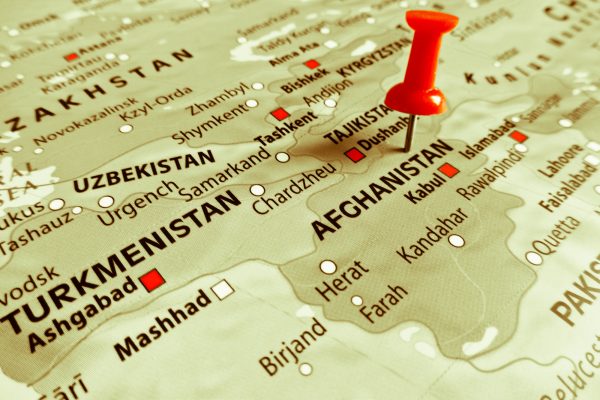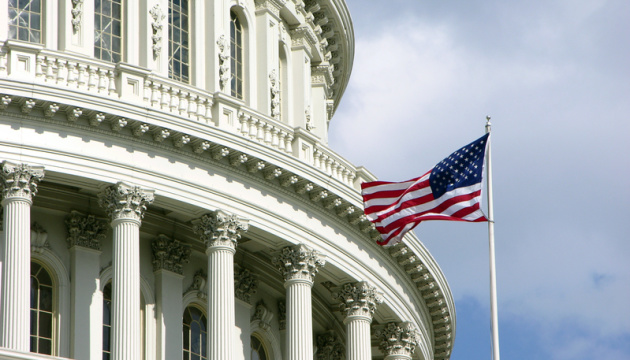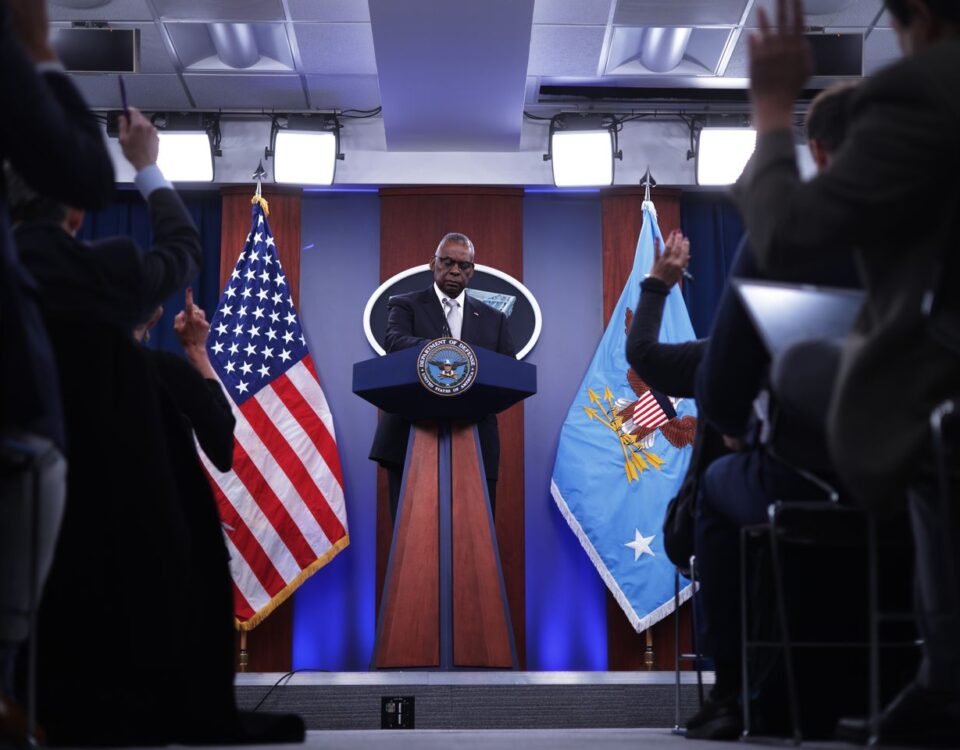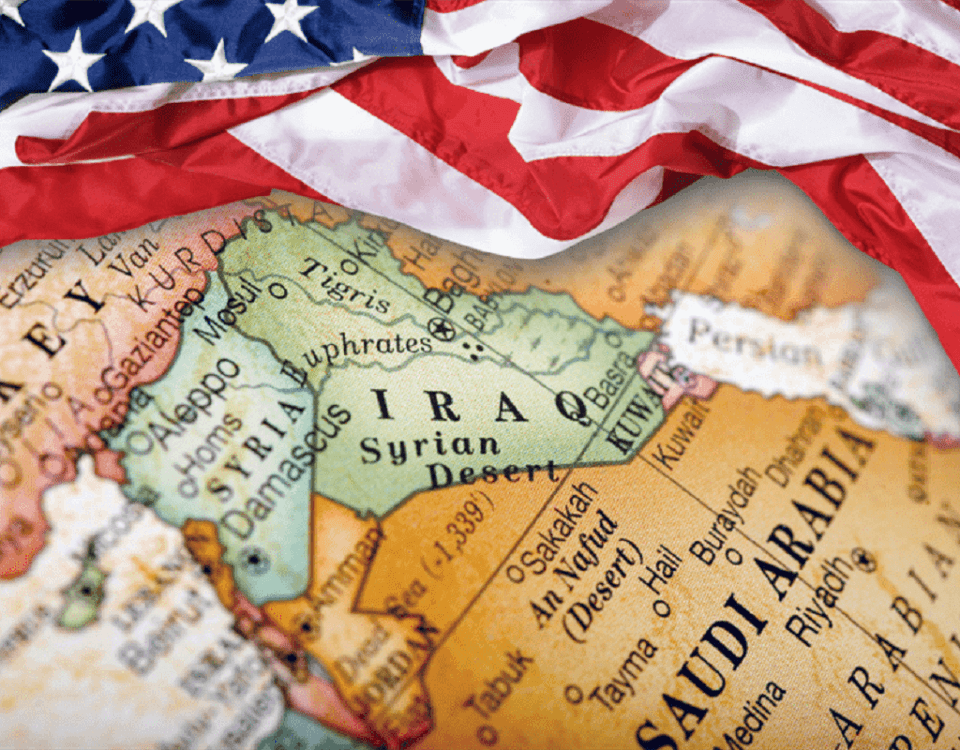
Unravelling the Layers: Understanding the Israel-Palestine Conflict Beyond Religious and Regional Politics
November 11, 2023
Iqbal’s Legacy: A Lens for Understanding Palestinian Resilience
November 13, 2023
Amara Malik
“It’s time to bring our people back home and America’s longest war. “The US will soon complete its withdrawal of forces from Afghanistan.” “Taliban fighters have flooded the capital American-made weapons in the hands of Taliban fighters…”
The war in Iraq was the one that was unjustified going after something that didn’t exist, the weapons of mass destruction, and they saw Afghanistan as the place that was short-changed because of Iraq. The decision to invade Afghanistan was directly related to the attacks on 9/11 as Osama bin Laden publicly declared war on the US, and openly bragged about his direct involvement in planning 9/11. But once the bombing began and in the lead-up to it was no longer just about what we wanted to have bin Laden it was about the Taliban, state the plight of women and children in Afghanistan was a matter of deliberate human cruelty. The fight against terrorism was also a fight for the rights and dignity of women there were offers to turn over bin Laden by the Taliban and the United States refused they wanted a surrender directly to the United States.
Shortly after the bombing campaign started the Taliban fell fairly quickly and by April of 2002 it was very apparent to the Americans that they couldn’t just sweep in overthrow. A regime and walk away you needed to build a new government, this nation-building program that prioritized counter-terrorism. But the decrease in troop presence dates from 2011, and there was a sense that overall the threat of a terrorist attack against the United States from Afghanistan greatly diminished. What American forces in Afghanistan were doing became providing more formalized training, building up equipment, providing intelligence support, and eventually providing air support; Afghan soldiers were supported by US aircraft that would fire on insurgents it was just air power that allowed the Afghan government to retain this tenuous hold in places where they weren’t necessarily very popular. The Afghan security forces weren’t evolving quite the manner that was sentenced.
Moreover, at the same time, you also saw billions of dollars in reconstruction money just pouring into a country without the kind of infrastructure, to handle that kind of money means building health clinics, schools, bridges, roads, and more than kind of reconstruction money coupled with America’s counter-terrorism goals it’s that good toxic mix partnering with very corrupt warlords or local strong men. Also, most of the media coverage from Afghanistan that Americans used to hear often came from urban cities particularly Kabul, the Afghan capital, but across the rural countryside support for the Taliban gained ground. Because of this massive campaign of air strikes of bombings much of which have had high civilian death tolls, the Taliban were assumed to be defeated, and yet the American presence in Afghanistan brought them back from the dead.
By the time the Taliban began to regain its footing, it was clear that every year they were making some advances and they were operating primarily in rural and depopulated areas. US intelligence was either incredibly misrepresented or incredibly flawed, it was this growing concern, for example with what is commonly called ghost soldiers, how many soldiers were actually on the rolls? Was it 330,000 or was it several 10s of thousands lower than the real issue relating to whether they were fighting for a government that represented them?
Consequently, President Trump ordered a draw-down of troops, all U.S. troops should leave Afghanistan by the end of the year. Joe Biden also decided the United States had seen enough of the war in Afghanistan, so when the Biden administration announced that they would be continuing Trump’s plan to withdraw, many Afghanistan watchers were poised for the Taliban to gain ground. We saw an escalation of that in May of 2021, anyone might not expected it to gain ground as quickly as it did it’s clear who was in charge. The Taliban swept the country, in Kabul, the city collapsed there was no real security. As the Taliban solidified their control of the city and the country, Afghans who went above and beyond to help American service members were stuck in limbo. A huge reason that many Afghans worked with the Americans or other foreigners was that many of them wanted a better life for their families and hoped that it would one day lead to their being able to leave and watching the Taliban come as suddenly as it did knowing what their future is might be, for them and the whole world it was a failure on the part of the US government. It took the US 20 years, trillions of dollars, and 4 US Presidents to replace the Taliban with the Taliban.
Now, the picture is in front of us, not the one shown on media, but the one shown by Afganis themselves. Except for those living in Kabul, the majority of Afghanis wanted to see the Taliban in government. So, it was their choice and their right too. At least a state is being ruled by its people. The Taliban also seem to be moving with a different strategy now. Rather than forcing things, they try to negotiate. But we can not conclude right now what good or bad they have for Afghanistan because recovering the damage brought in 20 years requires more than 2 or 3 years.
Researcher, PolicyEast







